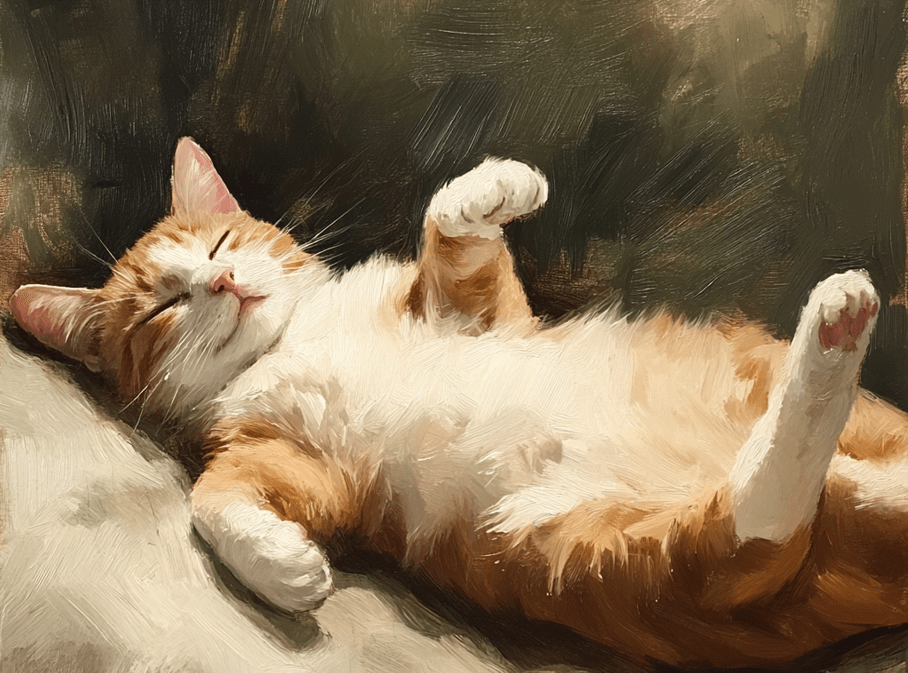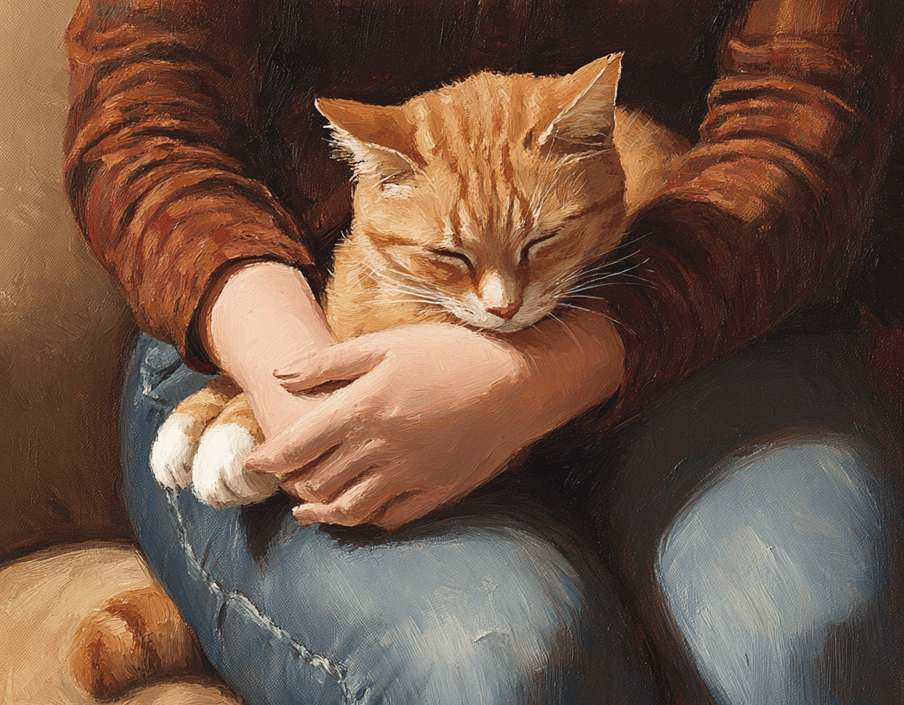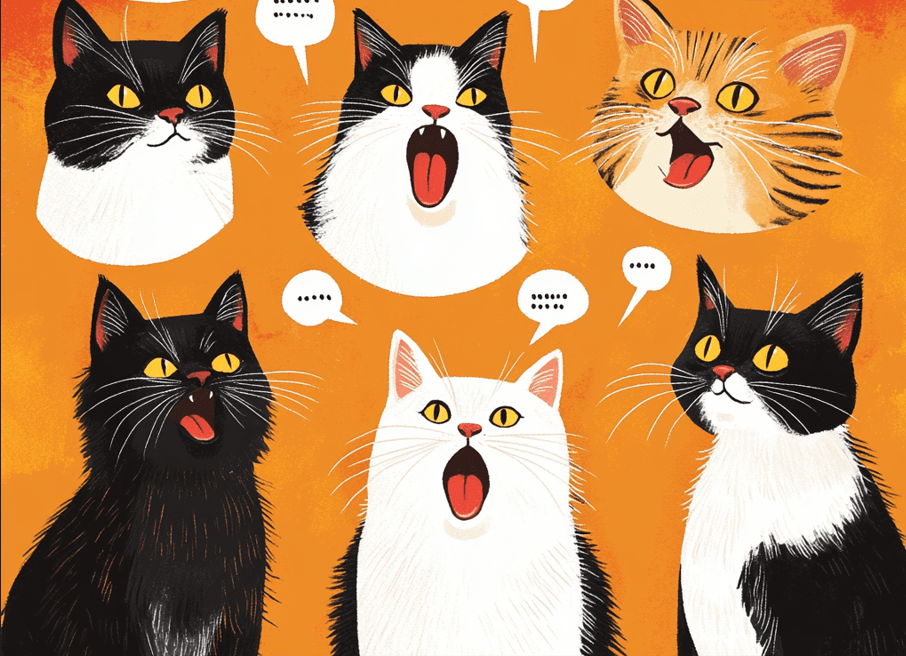
Does your cat use a variety of sounds, like meows, chirps, yowls and purrs among others, to create what seems like random noise? Think again. Why Your Cat Sounds So Much Like a Human Each sound actually communicates important information about your cat’s surrounding environment and how she feels about you. But the bright side is, if you closely pay attention you might start to interpret these sounds and use this knowledge to develop an even deeper bond with her.
To watch the summary of this article, just watch this video –
Here are nine common cat sounds and what they really mean
Cats have the second largest number of different vocalizations of all domestic pets after birds. Cats are technically known for their meows, purrs, hisses and growls – but they actually have an incredible amount of sounds. Cats deliver dozens of different sounds that all have their own slight variations to imply various levels of importance. Some of these sounds indicate comfort and a state of relaxation while others may express anxiety, fear, or even aggression. But all these vocalizations are solid clues of a cat’s feelings.
1.Cat Meowing Sounds
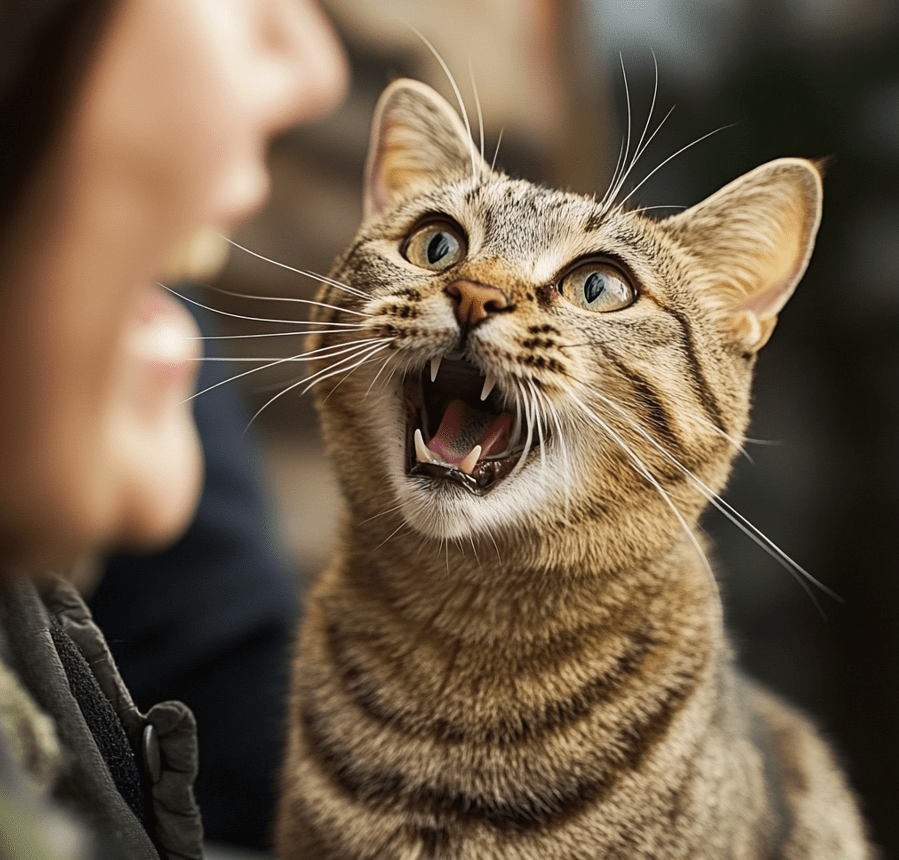
The meow, the most popular sound produced by cats, is meant almost exclusively for human beings and not other felines. This sound starts off as a meow for their mothers when they are young, and wild cats generally stop using it on the cusp of adulthood. Domestic cats, on the other hand, keep this behavior — seeing us as their eternal “kittens.” Typically, a cat will meow as if something is required—food attention or the permission to enter somewhere. Sometimes when I come home, a meow will also be a friendly greeting.
Sometimes a meow may signify that the kitty is lonely or potentially sick herself. Mature felines seem to meow more often on account of sensory failure or anxiety over their decreased nimbleness. A quick “mew? might either suggest absence of food or need for friends‘ company. A cat has different moods which are indicated by how often it meows, quick repeated meowing indicates the cat is looking for attention and wants to talk.
A long, sadder “mewww” can be a sign of pain, annoyance or dissent and tends to have a lower pitch tone as in “Oh really?” Another cause for constant meowing could be feeling sick or hurt; It may be best to visit the vet if this behavior continues.
2.Cat Purring
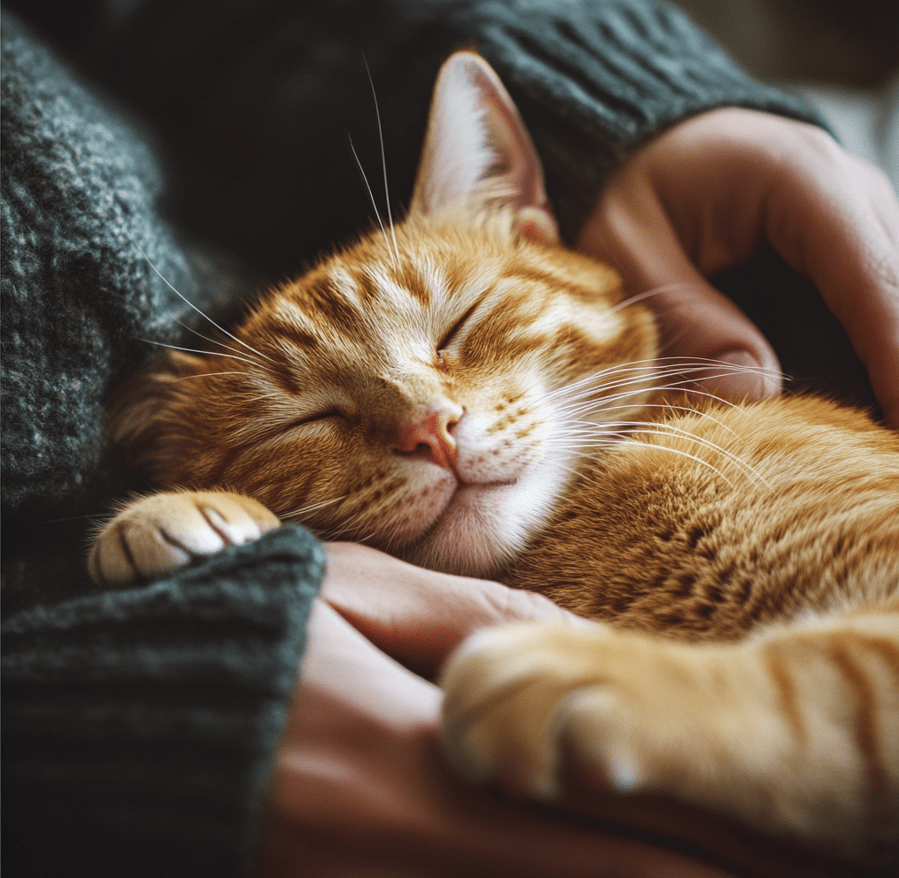
One of the most calming and enchanting sounds a cat can make is the purr. It is a deep, constant noise that can be associated with blissful calm — particularly when your cat lays on your lap and you gently stroke her. That “motor” noise is usually a sign of contentment and pleasure.
A cat may only purr when they feel malaise in rare instances. Similar to how a person might hum or whistle in nervous anticipation of an unpleasant situation, this “anxious purr” indicates anxiety. Cat body language is a hint—if your cat has laid-back ears and stiff muscles, the purr may represent anxiety instead of happiness.
3.Cat Chirps, Trills, and Chirrups
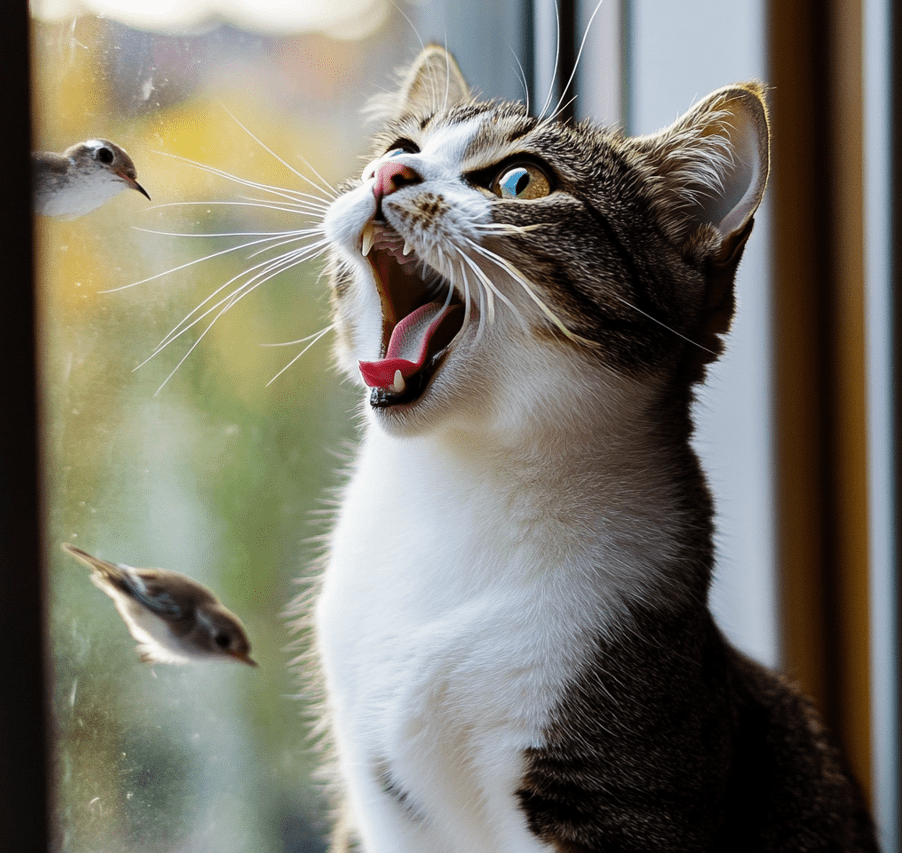
The sounds similar to bird calls are a form of direct communication that develops in kittenhood and is more straightforward than a meow. These sounds were originally used by mother cats to tell their kittens to follow or pay attention. Chirping — If your cat uses a chirp to get your attention or to persuade you, as she sees it, that you should check out something important to her. These chirps or soft trills can also be heard during a time when a cat is excited or happy.
4.Cat Chatter
If you find your cat watching birds or squirrels outside and chattering her teeth, that’s often accompanied by some sort of chirp, squeak or soft cry. But normally, this sound implies that she is excited about hunting and pissed for not being able to catch her “prey.” There are those who believe this chatter imitates the sound of birds or rodents but these claims are somewhat speculative as one would know that cats do not want to catch prey by calling them too loud.
5.Cat Hiss
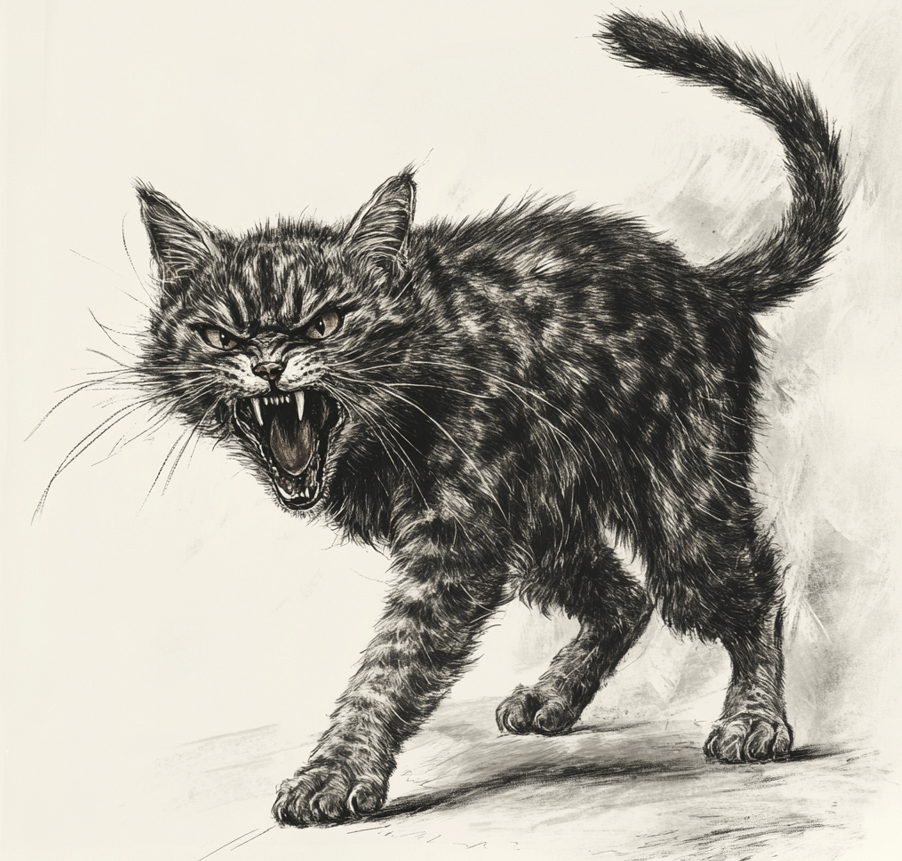
Fortunately, a cat hiss is an unmistakable sign that she feels threatened and will defend herself if necessary. This intense, sizzling type of sound—much like a steak hitting the grill—is usually directed at something (or someone) that is making the cat uncomfortable; for example, an overzealous dog sniffing too closely. Typically, the hiss is followed by the cat’s defensive body language: an arched back, fluffed fur, trembling tail, ears pinned against its head, and a wide-open mouth displaying teeth. A cat will also, sometimes, spit with its hiss. If your cat reacts this fiercely, just leave her alone and take away the stressor if you can.
Hissing varies by individual personality and comfort level. Cats that are more social might only hiss in rare situations, but a timid or reserved cat may hiss more often when it feels threatened. Hissing is more common in abused cats, or strays and ferals than in well-socialized confident pets.
6.Cat Yowling
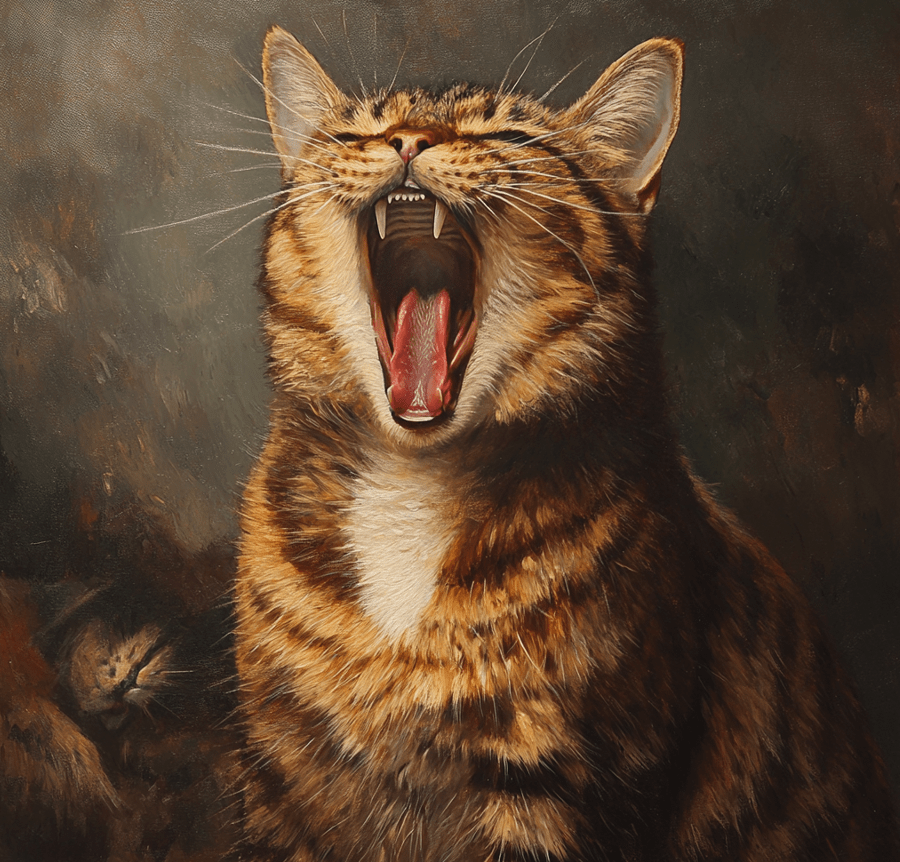
A yowl is a long, low sound that differs from the more cheerful or curious meow in that it indicates distress, discomfort, territorial issues or mating behavior. Yowling is generally cat to cat communication for “I want to breed” or “Get out of my territory”. Likewise, some cats yowl when they’re sick or are sensory- or cognitively impaired or are otherwise stressed by the environment. After being moved in or adopted into a new home, cats sometimes yowl to show their discontent with the situation. Finally, a few cats will merely yowl from boredom.
You’ll first want to look for symptoms of sickness and plan an appointment with the vet if your kitty begins wailing nonstop. If your cat is not spayed or neutered, this must be done without delay — and hopefully before they go outside. Be alert for potential newbies with your cat, stray or feral cats may need to be humanely trapped and neutered and/or found a new home. Provide your cat with a variety of toys and attention from someone, because sometimes an additional play session during the day will minimize or stop excessive yowling entirely.
7.Cat Caterwauling
This sound is given off by unsprayed female cats in heat calling for mates. A caterwaul is a brief, plaintive noise — “ahh-roo-ugh? At this stage the female will try to get out to locate male cats who normally are waiting close by yowling and vying for her attention.
8.Cat Screams (The Startling Sound That Demands Attention)
An unsprayed female cat who is outside will make a lot of loud noises (caterwauling) and attract the males much to the seeking male cats delight —lots of kittens usually follow. The male will also bite the female’s neck while mating which can also give a decent indication of breeding behavior where the female will hold her head down and hindquarters up. When male and female separate, the male has a barbed penis that is painful to detach from the female, and this leaves her with an awful scream. Take home message: please spay and neuter both your cats!
They also might scream during battles, these primal screeches usually come after a long intimidating yowl. This is generally in conjunction with an aggressive swipe of the paw or bite. Unneutered males are more likely to fight, but most cats — regardless of neutering status — will defend their territory when necessary. If you are worried about the possibility of your cat coming home injured from a fight, house cats should be kept indoors.
9.Cat Snarl, Growl, and Other Warning Vocalizations
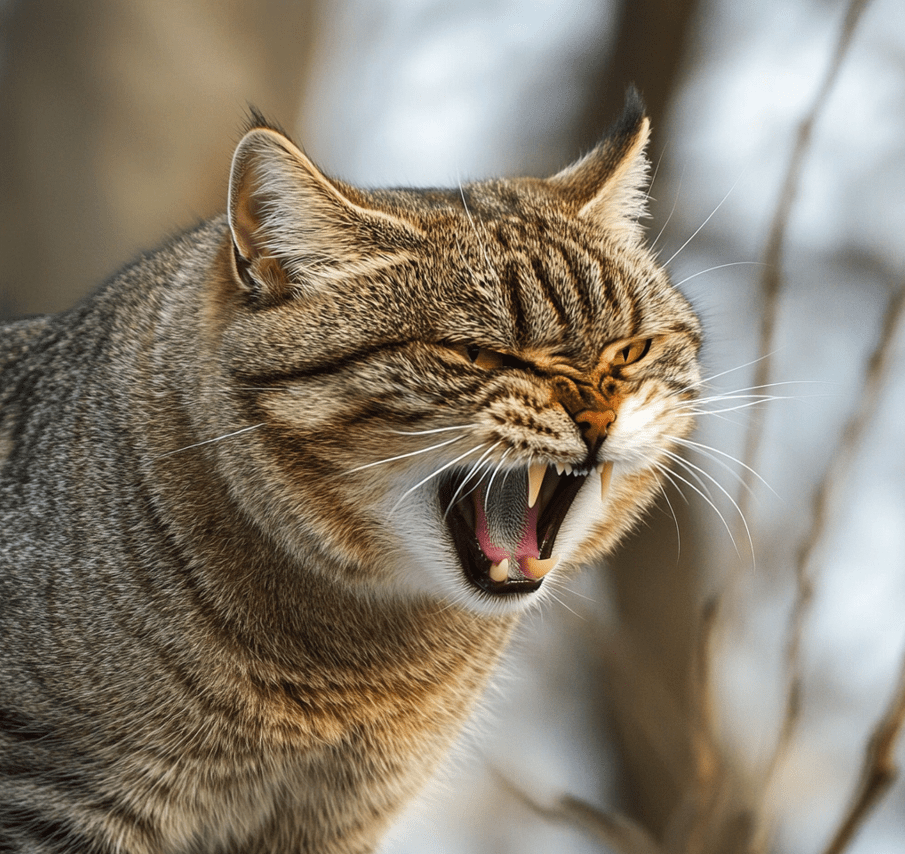
Cats also may hiss, snarl, or growl, which typically indicates fear, aggression, or a warning to get away. Domestic cats produce higher-pitched growls and snarls (often starting or ending with a yowl) as compared to the low-frequency, deep roars that large wild cats such as lions and tigers use. In these cases, best practice is to not disturb the cat unless there is an impending danger presented by a different animal. Usually a cat that is snarling or growling will be showing defensive body language—fur erect, arched back, ears flat to head and tail twitching.


